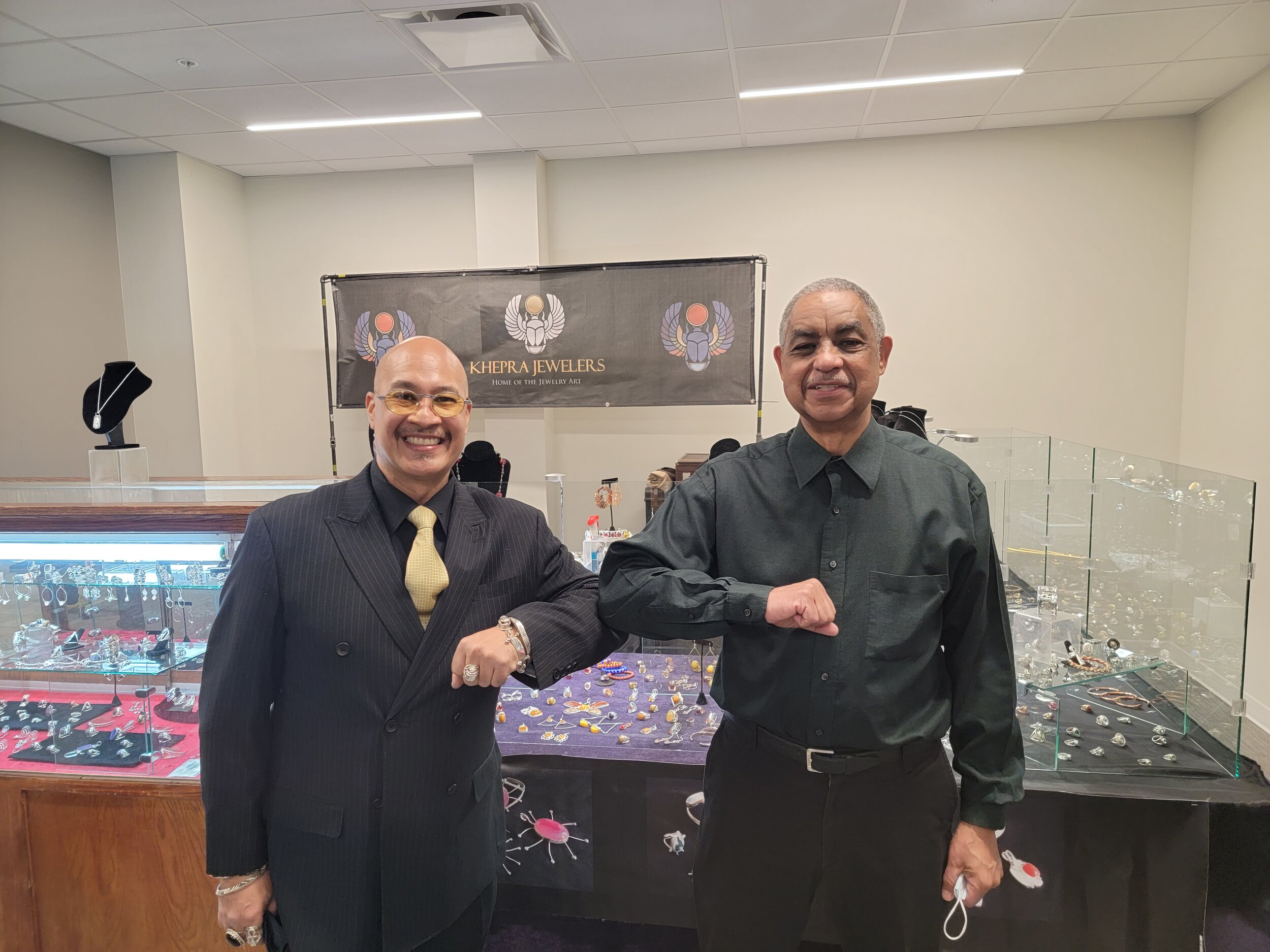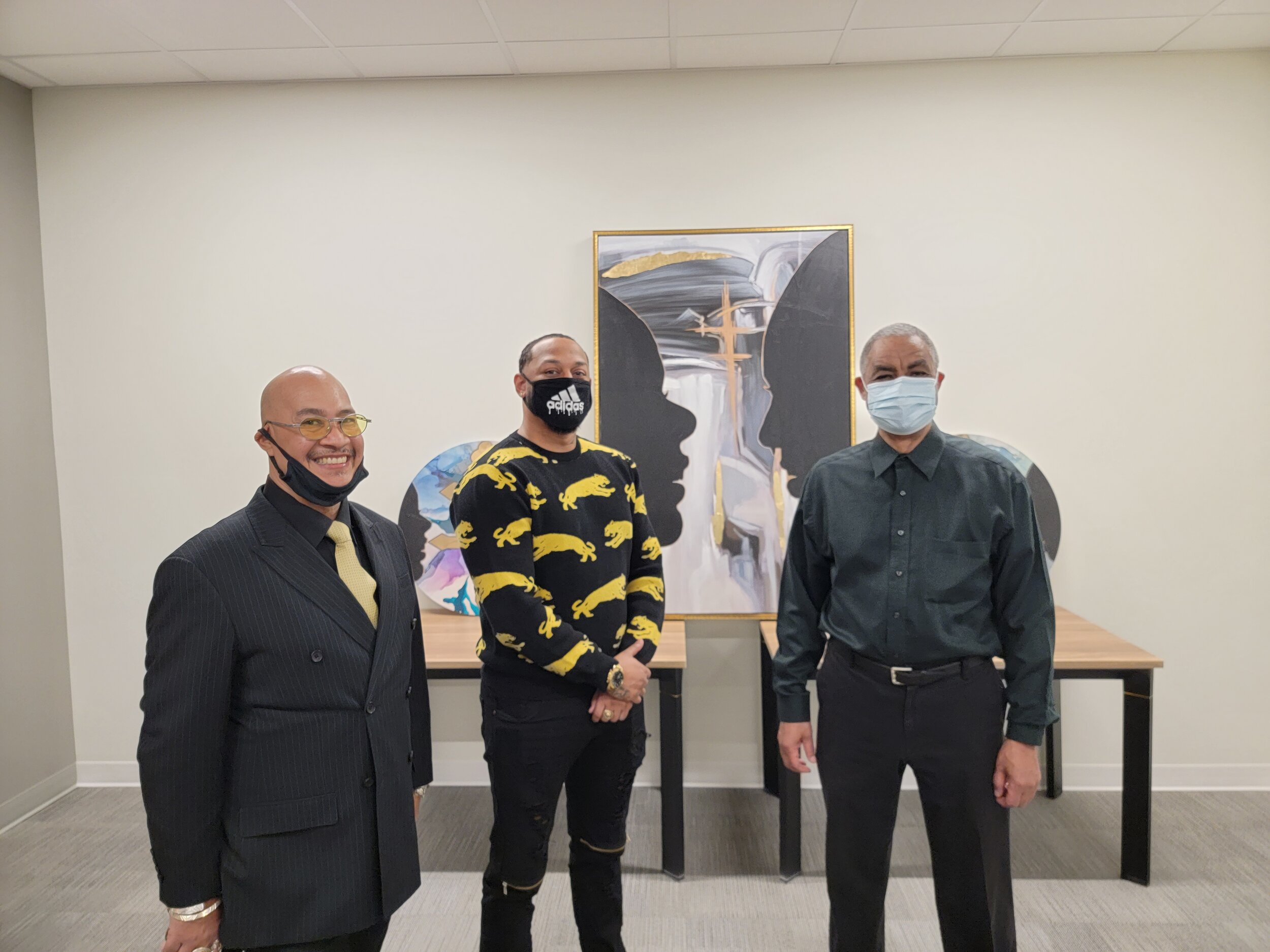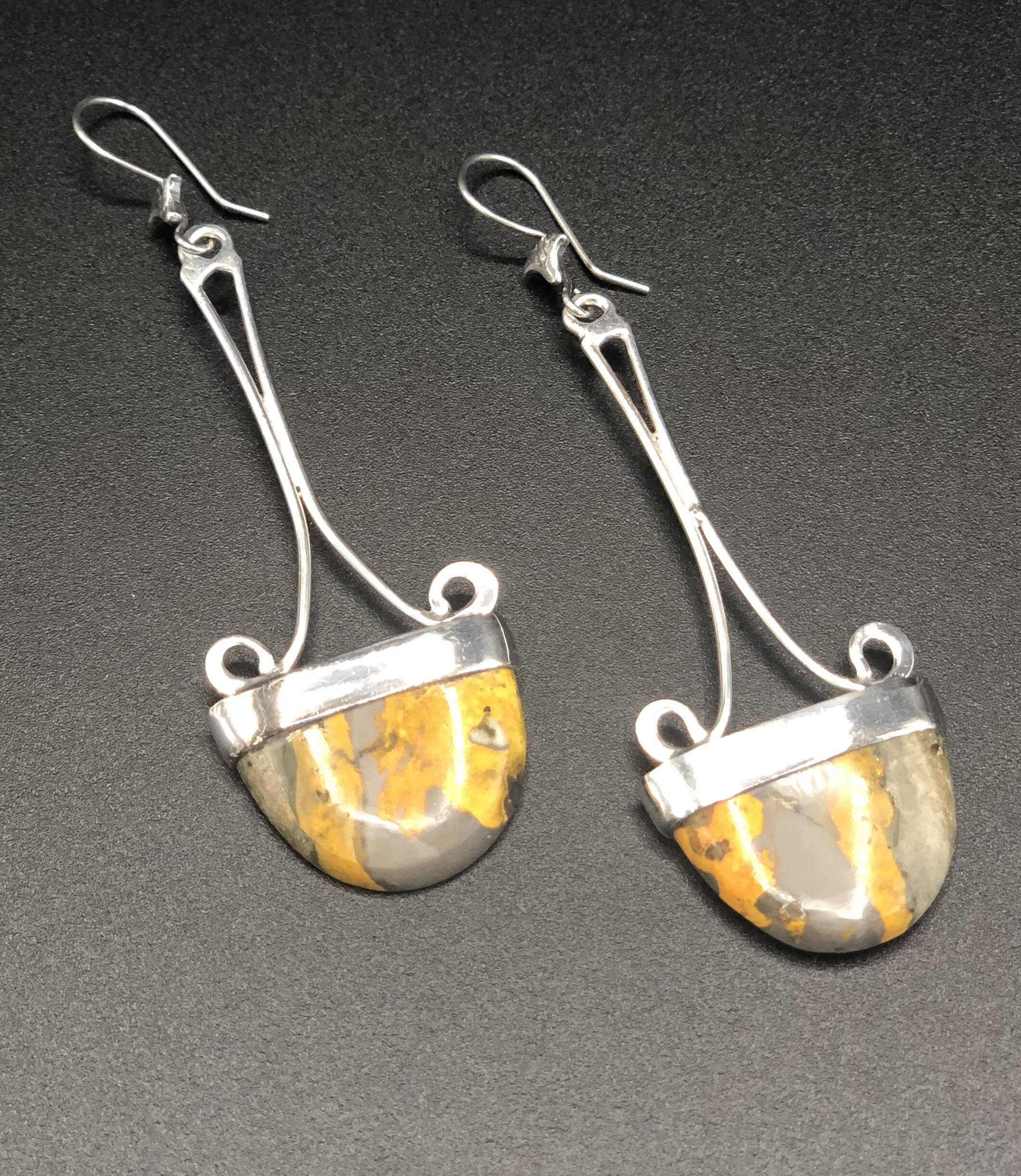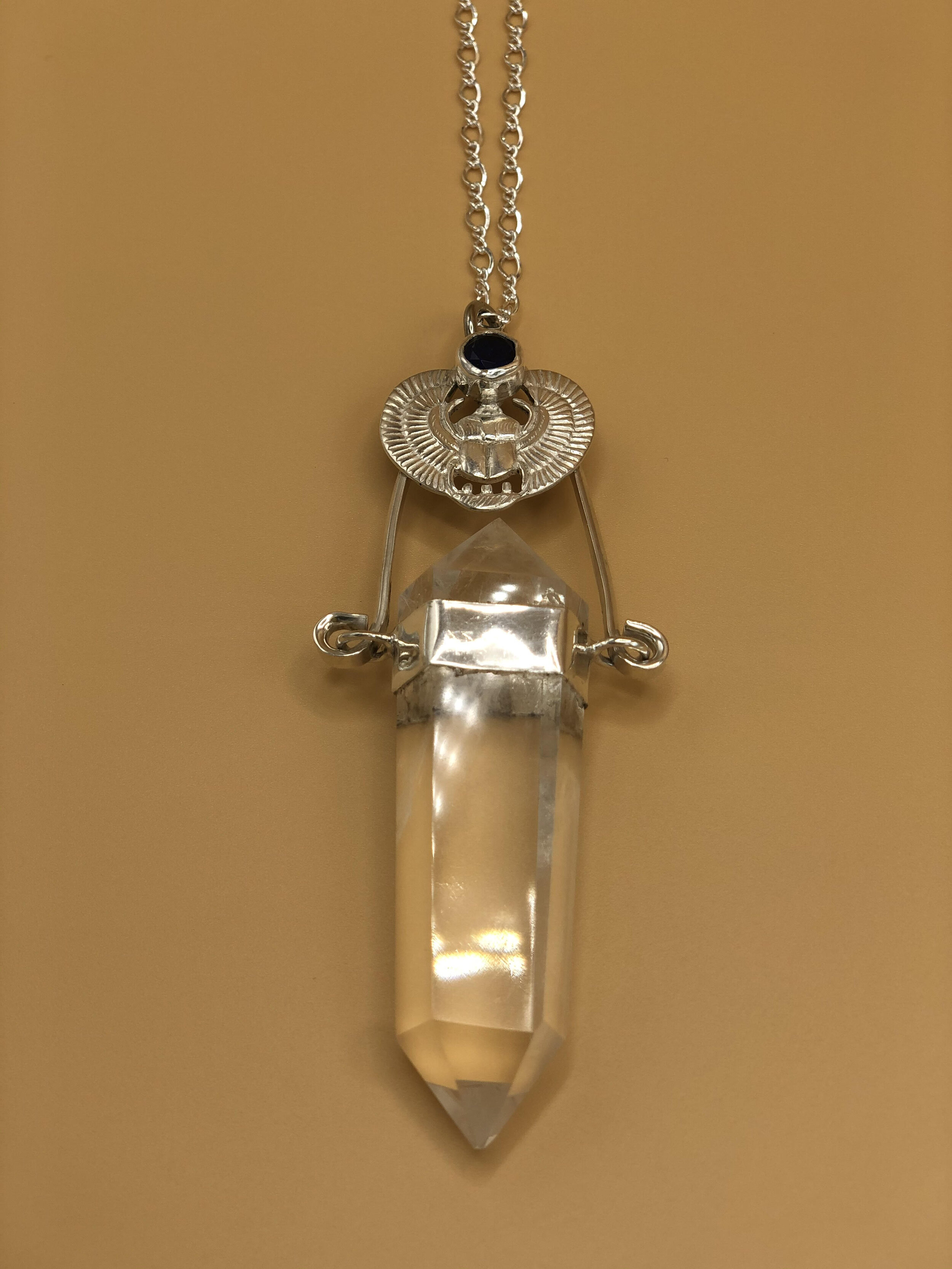Snapshot Press Release: More Than "Art" (Interview w/ Manuel Corona Sr. )
/We are constantly trying to find the artistic angle. Trying to find the pulse of the community in the work and craftsmanship of the people who adorn us with ornamentation, dazzle us with striking aesthetics, and keep us in thought with their chosen subject matter. Though art lives in the intricate folds of our daily life, it is often most appreciated in its moments of isolation. These moments usually become the treads of history that are seldom captured. Well until now. . .
At the end of March 2021, Serendipity Labs hosted an “Indoor Art Walk” curated by artist Sherman Pitts. The two-day event showcased the work of several local artists. A maze of offices was filled with art created by the young, the seasoned, and the ones that have yet to be defined. Pitts' ability to bring so many artists in one space [with COVID safety practices in place] showed quite a counter-narrative to the reality we often see in the arts community. Not only are there many, but they are quite diverse.
A serendipitous moment did occur at the Art Walk, when we crossed paths with Cynthia Henry, the art collector and advocate who owns Ayzha Fine Arts Gallery & Boutique, in downtown Milwaukee. With her vast knowledge of local artists and her practices, she introduced us to several artists, weaving in the generational context that lay before our eyes.
MANUEL CORONA SR.,VEDALE HILL, ARIANA VAETH, & JAX JOYCE.
“We have several generations of amazing artists right here.”, she pointed out as she led us into the area where Khepra Jewelers was showing. A room filled with talent was an understatement. Cynthia coined the legacy markers in that space as the “New School” and “Old School”, including MIAD alumni, large mural makers, master jeweler, fine artist, and arts advocates. By happenstance, Reynaldo Hernandez, Jax Joyce, Ariana Vaeth, and Vedale Hill, were all admiring Manuel Corona Sr. work at the same time. Cynthia suggested the moment should be captured but even more so that the story of the man behind the jewelry would also be an interesting perspective to grab.
As we looked over the intricate pieces of ornamentation we found symbolism, culture, and mastery we don’t often get to see. CopyWrite scheduled a one-on-one interview with Manuel Corona to learn why his wearable art is so alluring.
Manuel is an artist. The method in which he produces high-quality hand-crafted jewelry, made from precious metal, wire, stones, repurposed beading, and much more.
CW: “How did you get into making jewelry?”
MC: “I got into making jewelry to keep out of the streets. . . I think of the sheet of metal like a piece of paper and the wire as a pencil line.”
Manuel never planned on being a jeweler. He had always been an artist who would draw but had quite a different lifestyle before he met the art from. A run-in with the law triggered him to go work for his step-father who owned a local jewelry business. Manuel was given the task to buff and polish the jewelry but with a keen eye, he noticed that he could replicate the work of the craftsman in the shop, and make the jewelry too.
MC: “I was in my thirties when I started making it. I was in the streets from like high school until I was almost thirty. I finally went to jail and I [realized] this here is not for me. . . I had loaned my stepfather $1,000 once. I remembered I had loaned him that money. So when I got in trouble I told the police that I worked for him. So he came down there and post the bail for me or something. He told me ‘Well when you get out of here you are going to work for me’. I said cool.”
And so he did. His first role in the business was to sell jewelry, oils, shirts, and African American books downtown at the Grand Avenue Mall. The money was good so the need to return to his old habits seemed pointless. Once the mall began to shut down, Manuel moved on to the “factory”. The gallery where the jewelry was being created on 52nd and Center.
MC: “I started to watch those guys over there make it. I would just look like, oh okay that's how you do that, and okay got it that's how you make that. It’s like if you show me one or two times, I get it.”
Creating the pieces became natural to him. So much so that he has now been working in the business for over two decades. In 2020, Manuel decided to rebrand the company, changing its name from Third Generation Jewelers to Khepra Jewelers, as it is known today.
Khepra being a scarab-faced god in ancient Egyptian religion who represents the rising or morning sun and also representative of creation and the renewal of life. It is symbolic of a shift in the company as a singular entity now the mastery of Manuel and his own legacy.
CW: “Clearly this is not what you thought you would be doing with your life. Are you happily surprised?”
MC: “I am definitely surprised. There are also more things in the fire that I want to do. It’s just that when I started to do this I really started making money. I got so caught up in the jewelry and making the money from it I haven't stopped.”
One of the new ventures he would like to take on is putting together his own art shows, where he can create large-scale events that include entertainment and a full creative experience.
CW: “Now that you have been in the business so long, and you have the experience of learning by watching people, do you train or teach.”
MC: “Absolutely! There are 5 or 6 [people] out there that are doing their own thing now that I taught. Basically, this is like an incubator business.”
He explained that the effects of COVID-19 have been hard on the industry. The limit shows subtract from what is usually a lucrative market. Still selling online and through commission, he has been able to sustain a few days of the week of man-hours in his small production studio. However, it does not compare to the experience you receive shopping with Khepra Jewelers face to face.
MC: “The business is full service. So if somebody needed a ring smaller, we could make the ring smaller then and there. You don't have to wait two or three weeks to get your ring sized. We do it on the spot right there. It takes about 30min to an hour to do. If I have to make the ring larger it only takes a few minutes”.
Manuel says it's the luxury of actually being the craftsmen behind what you sell. Where there are many vendors of jewelry there are not many who make it. It separates him and those he teaches from the rest of the market while bringing light to the practices of making. He also pointed out that often people have doubted his ability to make it because of him being Black. The ignorance is put to rest when he publicly creates jewelry with everyone around.
The process of art-making is often intimate, thus the transparency in the craft is non-existent. However, Manuel doesn’t see a need to hide the process and suggested I have a look at his creative space. He gave me a virtual tour of his jewelry factory, showing me the bulk of the material used, machinery needed, designs that are always trending, and some of the repurpose antique material whose lineage derives straight out of the motherland.
Though the factory is extensive, with everything a master jeweler could ever need, Manuel suggests that all he really needs is a 12”x 12” space, and a little crockpot to get the job done.
The aesthetic of Manuel’s art can not be done justice through verbal description. As much as objects may be defined it is their tangible presence that holds value. When asked if he is ever asked to create designs that are far outside of the box, he asserts that it happens often.
MC: “Nine times out of ten I am up for the challenge. I like challenges. I like to see if I really can do it or how close I can get to the design they are looking for.”
Keeping the practices of jewelry making alive, Manuel believes in sharing his skills. He pays the people he trains instead of having them pay to learn. He teaches the craft in the hopes that others may one day carry on the traditions without him.
In need of some wearable art? Check out Manuel Corona Sr. work at http://www.kheprajewelers.com/ and tell them CopyWrite sent you.
Lexi S. Brunson for /CW










